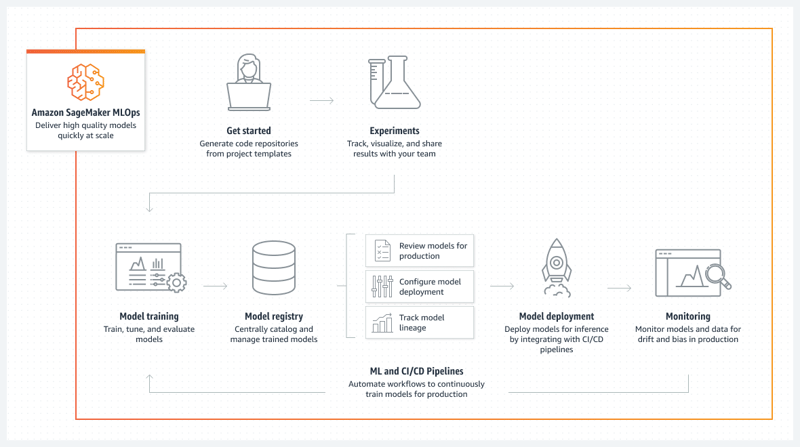Deduplicate between an uncertain number of columns:SQL VS SPL #15
A certain database table has multiple fields, each storing an email address, which may be null or duplicated. Now we need to merge multiple fields into one, remove null and duplicate values, and merge them with commas. In a database/computing platform that supports functions such as array, for example, in azure-databricks, SQL can be written as follows: SELECT concat_ws(',', array_distinct(array(Mail_1, Mail_2, Mail_3, Mail_4, Mail_5)), NULL) AS Mail FROM my_data SQL Server and other databases do not have an array function, and generally require indirect implementation using statements such as cross apply: SELECT STRING_AGG(DistinctEmails.Mail, ',') AS Mail FROM my_data CROSS APPLY ( SELECT DISTINCT Mail FROM (VALUES (Mail_1), (Mail_2), (Mail_3), (Mail_4), (Mail_5)) AS EmailList(Mail) WHERE Mail IS NOT NULL ) AS DistinctEmails GROUP BY my_data.Mail_1, my_data.Mail_2, my_data.Mail_3, my_data.Mail_4, my_data.Mail_5 SQL must write column names, which is inflexible. To deduplicate between an uncertain number of columns, it is necessary to dynamically generate column names using stored procedures and then execute SQL, which will make the architecture more complex. SPL does not need to write column names, and the code is the same for different data sources: Try.Demo A1: Load data. A2: Take the current record, convert it into a set, take unique values and remove null, and merge it with commas. ~ indicates the current record, function ID is used for deduplication, @0 means null is removed. esProc SPL is free,Download

A certain database table has multiple fields, each storing an email address, which may be null or duplicated.

Now we need to merge multiple fields into one, remove null and duplicate values, and merge them with commas.

In a database/computing platform that supports functions such as array, for example, in azure-databricks, SQL can be written as follows:
SELECT concat_ws(',', array_distinct(array(Mail_1, Mail_2, Mail_3, Mail_4, Mail_5)), NULL) AS Mail
FROM my_data
SQL Server and other databases do not have an array function, and generally require indirect implementation using statements such as cross apply:
SELECT
STRING_AGG(DistinctEmails.Mail, ',') AS Mail
FROM my_data
CROSS APPLY (
SELECT DISTINCT Mail
FROM (VALUES (Mail_1), (Mail_2), (Mail_3), (Mail_4), (Mail_5)) AS EmailList(Mail)
WHERE Mail IS NOT NULL
) AS DistinctEmails
GROUP BY my_data.Mail_1, my_data.Mail_2, my_data.Mail_3, my_data.Mail_4, my_data.Mail_5
SQL must write column names, which is inflexible. To deduplicate between an uncertain number of columns, it is necessary to dynamically generate column names using stored procedures and then execute SQL, which will make the architecture more complex. SPL does not need to write column names, and the code is the same for different data sources:
Try.Demo
A2: Take the current record, convert it into a set, take unique values and remove null, and merge it with commas. ~ indicates the current record, function ID is used for deduplication, @0 means null is removed.
esProc SPL is free,Download




























![[Webinar] AI Is Already Inside Your SaaS Stack — Learn How to Prevent the Next Silent Breach](https://blogger.googleusercontent.com/img/b/R29vZ2xl/AVvXsEiOWn65wd33dg2uO99NrtKbpYLfcepwOLidQDMls0HXKlA91k6HURluRA4WXgJRAZldEe1VReMQZyyYt1PgnoAn5JPpILsWlXIzmrBSs_TBoyPwO7hZrWouBg2-O3mdeoeSGY-l9_bsZB7vbpKjTSvG93zNytjxgTaMPqo9iq9Z5pGa05CJOs9uXpwHFT4/s1600/ai-cyber.jpg?#)














































































































































![[The AI Show Episode 144]: ChatGPT’s New Memory, Shopify CEO’s Leaked “AI First” Memo, Google Cloud Next Releases, o3 and o4-mini Coming Soon & Llama 4’s Rocky Launch](https://www.marketingaiinstitute.com/hubfs/ep%20144%20cover.png)




































































































































































































![Rogue Company Elite tier list of best characters [April 2025]](https://media.pocketgamer.com/artwork/na-33136-1657102075/rogue-company-ios-android-tier-cover.jpg?#)








































































_Andreas_Prott_Alamy.jpg?width=1280&auto=webp&quality=80&disable=upscale#)


























































































![What’s new in Android’s April 2025 Google System Updates [U: 4/18]](https://i0.wp.com/9to5google.com/wp-content/uploads/sites/4/2025/01/google-play-services-3.jpg?resize=1200%2C628&quality=82&strip=all&ssl=1)










![Apple Watch Series 10 Back On Sale for $299! [Lowest Price Ever]](https://www.iclarified.com/images/news/96657/96657/96657-640.jpg)
![EU Postpones Apple App Store Fines Amid Tariff Negotiations [Report]](https://www.iclarified.com/images/news/97068/97068/97068-640.jpg)
![Apple Slips to Fifth in China's Smartphone Market with 9% Decline [Report]](https://www.iclarified.com/images/news/97065/97065/97065-640.jpg)




































































































































